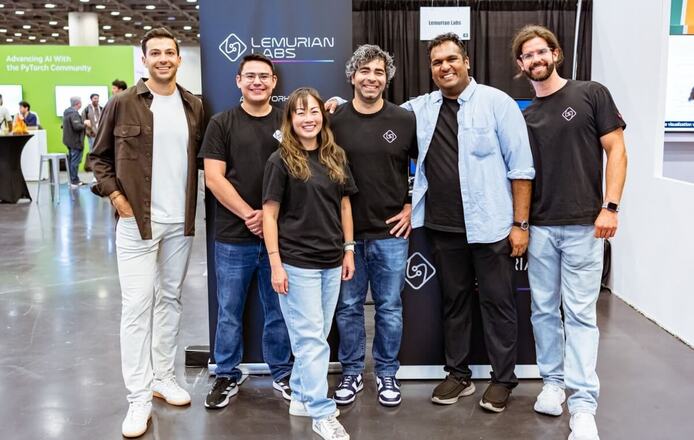The federal budget for this year aims to make up for lost time in Australia’s clean energy transition and investment in new technological breakthroughs. The Future Made in Australia Act has the potential to boost Australian science, research, and development, with the goal of turning Australia into an innovation and clean technology superpower. The budget includes significant investments in climate change, leveraging Australia’s advantage in net-zero technologies like green hydrogen and battery storage. It also aims to jumpstart new industries by capitalizing on critical minerals assets and advancing manufacturing. However, compared to countries like the United States, Japan, and Germany, Australia has historically underinvested in innovation, putting it behind in terms of research and development spending. This raises concerns about whether the investments in this budget are in the right areas to create a future-ready Australia driven by science and technology.
The Future Made in Australia policy aims to directly invest in building Australian industry, particularly manufacturing, to reduce dependency on other countries and drive the net-zero transformation. These investments align with areas where Australia has a comparative advantage in the global supply chain and are crucial for future clean energy jobs. However, the success of the Future Made in Australia plan will depend on investment in research and development. Investment in research and the application of new knowledge has been insufficient for years, including in this year’s budget. To foster thriving homegrown manufacturing, particularly in areas where Australia has a clear comparative advantage like batteries, advanced computing, and medical technologies, research investment is essential. Research is also important for creating robust industries and supporting a skilled workforce. While the budget includes a research and development review, action is needed to increase investment from both the government and industry to reverse the decline in research and development spending.
STEM education is another important aspect of building a highly skilled workforce capable of delivering on the promises of new policies. This year’s budget includes positive measures such as new payments for students studying teaching, nursing, and social work, but it does not cover many other degrees with practical placements, including engineering. The shortage of engineers is a pressing issue that will only worsen as the country transitions to clean energy. Diversity in STEM industries is also crucial to address national skill shortages, and the budget includes funding for programs to increase diversity in STEM. However, there are negative aspects as well, such as new restrictions on international student numbers, which are seen as short-sighted and likely to reduce funding for infrastructure upgrades, research, and quality education support in universities.
Overall, the budget provides support for building clean energy systems and revitalizing homegrown manufacturing. However, to truly establish Australia as a global innovation and clean energy player, it is necessary to invest adequately in Australian science, innovation, and people.

